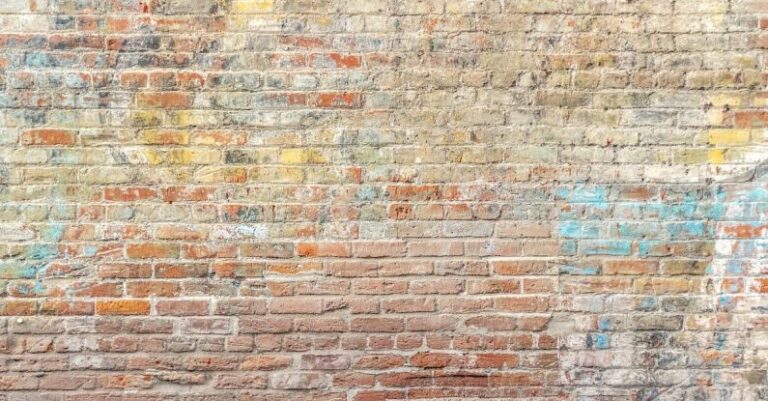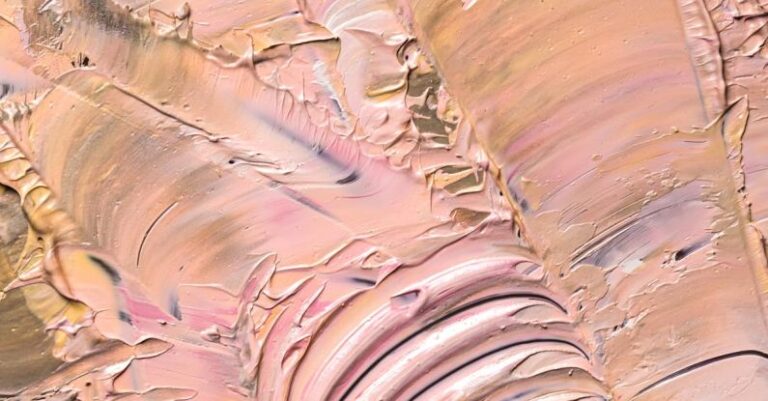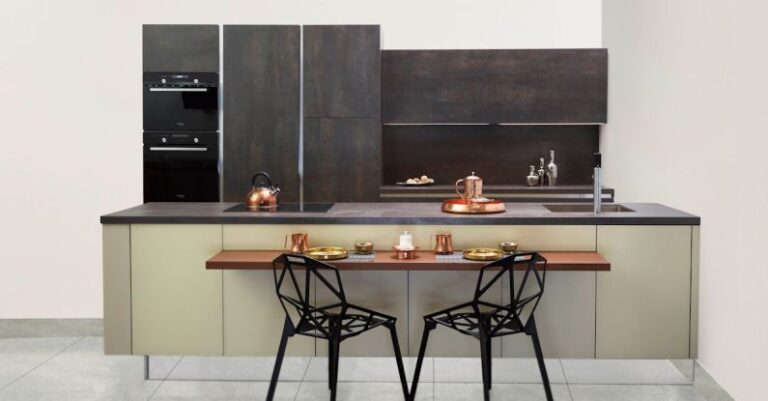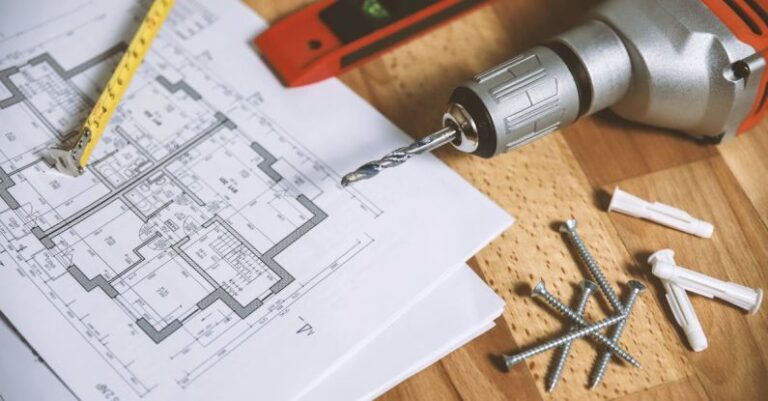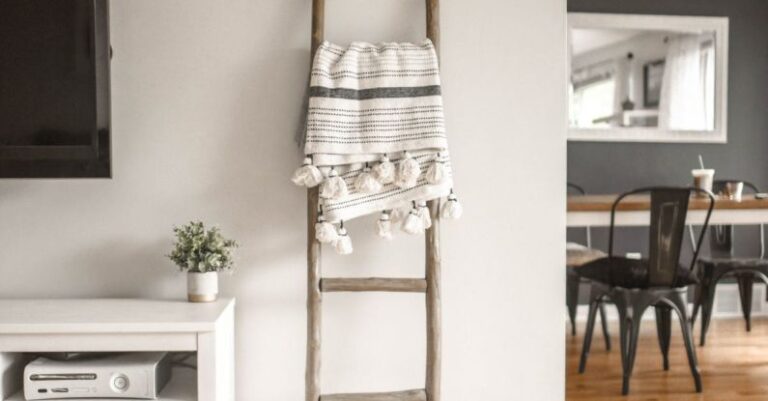
When it comes to designing a kitchen, there are numerous elements to consider to create a space that is not only functional but visually appealing as well. One key aspect that can significantly impact the overall look and feel of a kitchen is the use of mixed textures. By incorporating a variety of textures into the design, you can add depth and interest to the space, creating a dynamic and visually stimulating environment that is both inviting and stylish.
Creating Contrast with Materials
One of the most effective ways to utilize mixed textures in kitchen design is to create contrast with different materials. Mixing materials such as wood, metal, glass, and stone can add depth and dimension to the space, making it more visually interesting. For example, pairing sleek stainless steel appliances with rustic wooden cabinets can create a striking juxtaposition that adds character to the kitchen. Similarly, combining smooth marble countertops with rough-hewn brick walls can create a unique and eclectic look that is both modern and timeless.
Playing with Patterns
In addition to mixing materials, playing with patterns is another great way to incorporate mixed textures into kitchen design. By introducing patterns such as herringbone tile backsplashes, geometric wallpaper, or bold graphic rugs, you can add visual interest and depth to the space. Mixing different patterns can create a sense of movement and energy in the kitchen, making it a more dynamic and engaging environment. Just be sure to balance bold patterns with more subtle textures to avoid overwhelming the space.
Layering Textures
Another effective technique for adding depth to kitchen design is to layer textures throughout the space. By combining different textures such as smooth marble, rough wood, and soft fabrics, you can create a multi-dimensional look that is both visually appealing and tactilely interesting. For example, pairing a sleek marble island countertop with a plush rug underfoot and a wooden dining table nearby can create a cozy and inviting atmosphere that is rich in texture and warmth.
Mixing Matte and Glossy Finishes
Mixing matte and glossy finishes is a subtle yet impactful way to add depth to kitchen design. By incorporating a mix of matte and glossy surfaces, you can create visual contrast that adds dimension to the space. For instance, pairing matte black cabinetry with glossy white subway tile backsplashes can create a sophisticated and modern look that is both elegant and eye-catching. Similarly, combining matte wood flooring with shiny stainless steel appliances can create a sleek and polished aesthetic that is both stylish and functional.
Creating Visual Flow
When incorporating mixed textures into kitchen design, it is important to consider the overall flow of the space. By strategically placing different textures throughout the kitchen, you can create a sense of cohesion and unity that ties the design together. For example, repeating a particular texture or pattern in different areas of the kitchen can create a sense of continuity that helps to visually connect the space. Additionally, using textures that complement each other can create a harmonious and balanced look that is pleasing to the eye.
Incorporating mixed textures into kitchen design is a great way to add depth and visual interest to the space. By mixing materials, playing with patterns, layering textures, mixing matte and glossy finishes, and creating visual flow, you can create a dynamic and engaging environment that is both functional and stylish. So, don’t be afraid to experiment with different textures in your kitchen design – the results may just surprise you!
